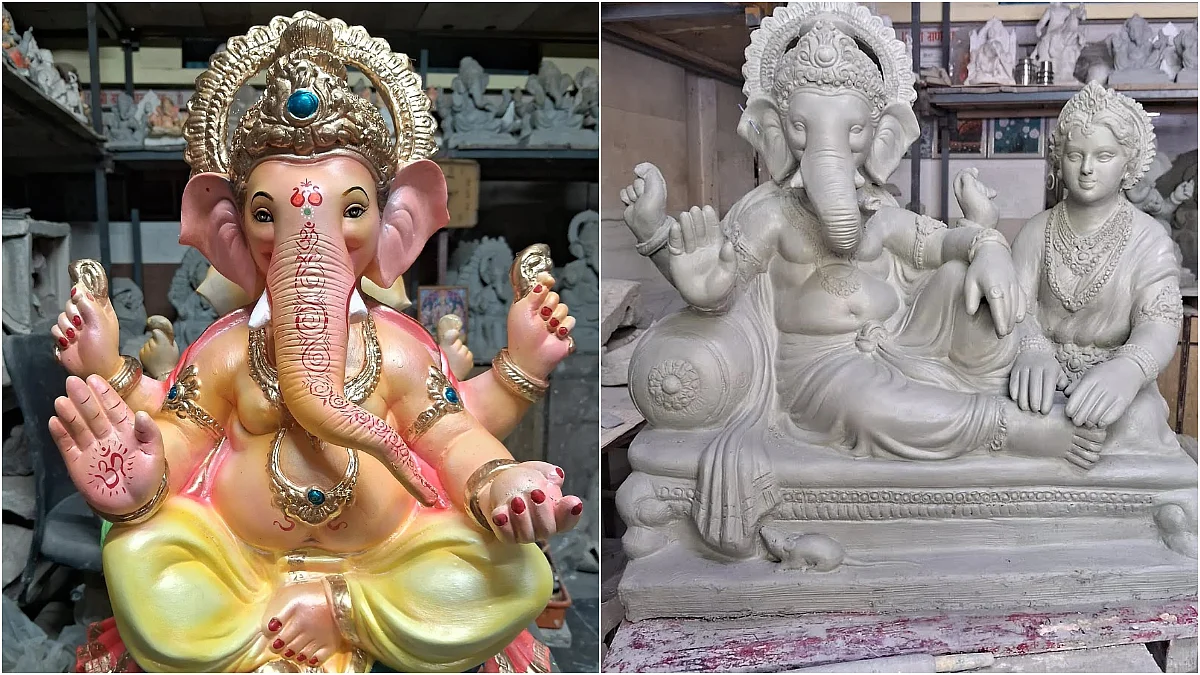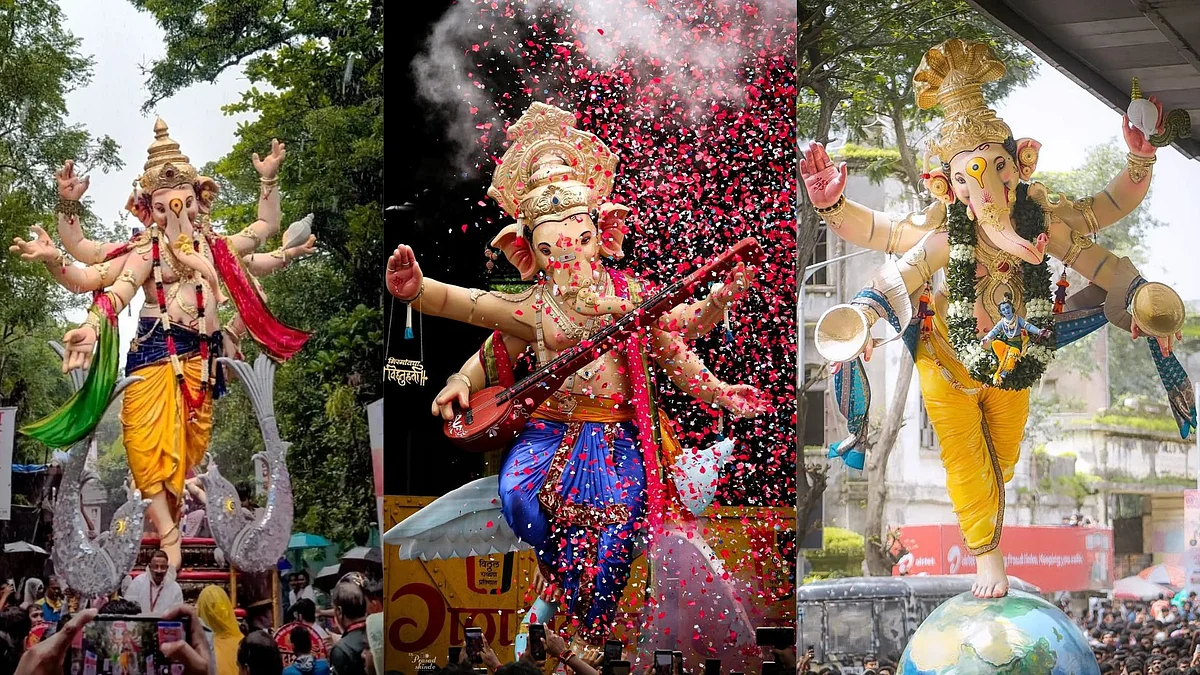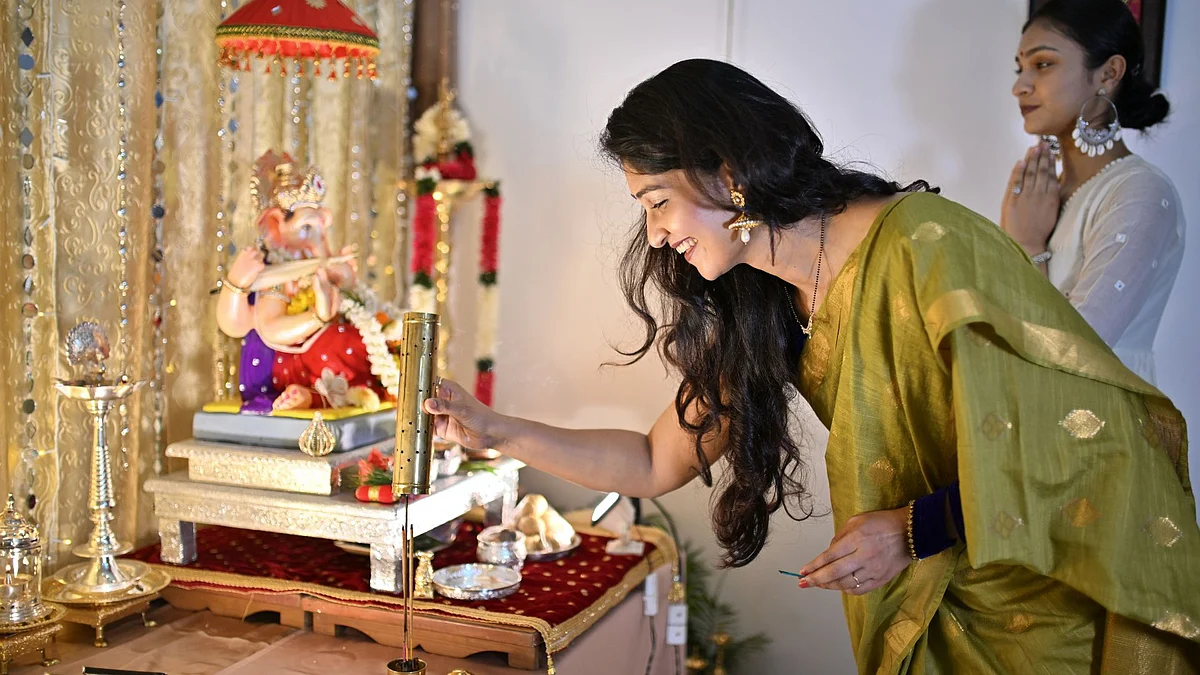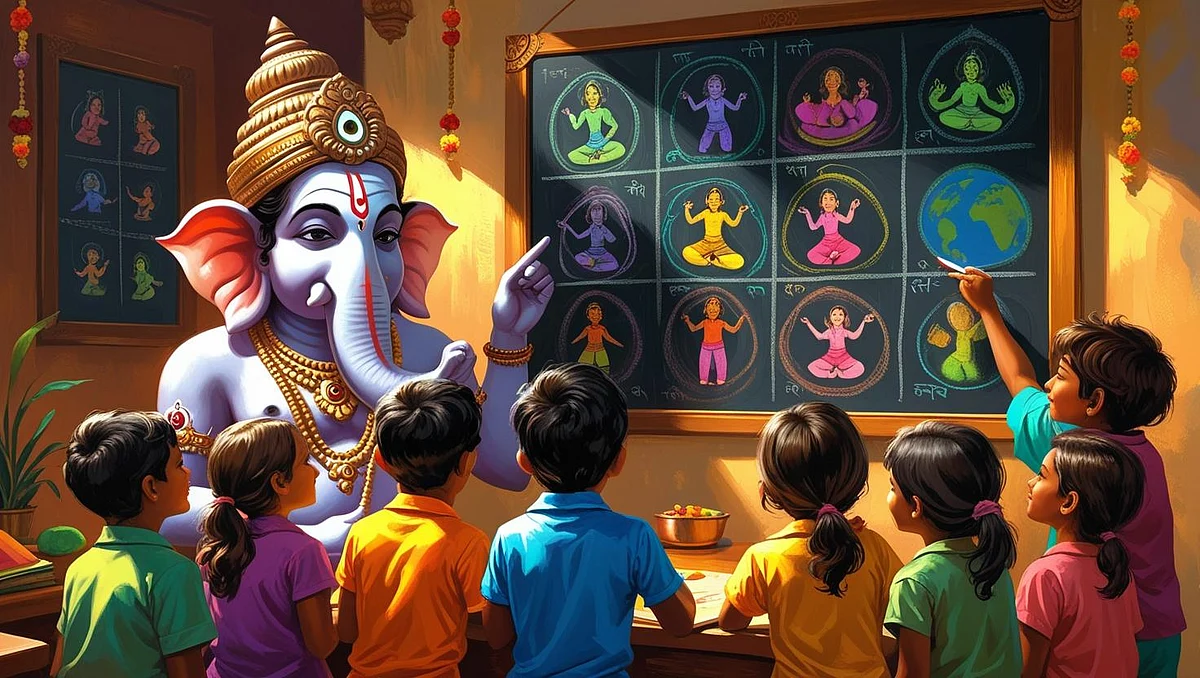Walking is the cheapest exercise and can be done at any time. It tops the prescription list of doctors, therapists or dieticians wanting to encourage an increase in physical activity.
Chi walks, nordic walks, power walks and meditative walks are all on the rise with numerous benefits listed all over the digital space. For most individuals, finishing the magical 10,000 steps a day is now an essential challenge. An active lifestyle has great benefits, and is essential to keep the body agile. But problems arise while trying to push your limit in order to meet a set target or to complete it in less time. You compromise the quality of movement, especially if you are trying to complete your quota of physical activity of the day in the last two hours of the evening because your pedometer shows you a mere 4500 steps!
So, what is so great about walking, you may say? Because, it is a natural phenomenon and biological process that was self-taught. So why do we need to learn how to walk right? The urge to finish 10,000 steps every day to reduce mortality and keep body fat low, might create a stress fracture or gait dysfunction that might hinder any physical activity in the future.
Quality of movement should take precedence over quantity — then only is the result qualitative and injury free. Quality of movement increases consistency and moving well consistently strengthens the body with each passing day. Poor gait patterns will eventually handicap you in some way, leading to a decline in efficiency.
A list of abnormalities
1. Does your HIP drop or sway side to side? It’s a sign of gluteal muscle weakness, called the trendelenburg gait. Yes! It’s not normal.
2. Do you have a slight LIMP? Favouring one leg while bearing weight suggests there is a joint dysfunction.
3. Do you DRAG your feet? This occurs if the heels aren’t lifted high off the ground through the full range of motion.
4. Do you walk like a DUCK, with feet turned out? This is not really normal. It will eventually wear out the knees and tighten the hip.
Besides these abnormal gaits, most frequent walkers complain of: Cramps that freeze the muscle, ankle sprains, knee pain, lower back and mid back pain. Babies walking their first steps, instinctively land on their forefoot first. They also tend to take smaller steps and walk fast. When they stand, they always have a slight bend in the knee. So, it is evident that something went wrong as we grew up.
Sitting for prolonged periods of time increases stiffness in joints, which leads to a heavy gait pattern when we stand. Babies, on the other hand, are always gentle and agile in their gait because they keep moving in short bursts.
Walk while you talk, and change positions after every 20 minutes to walk and move around. It keeps the joints supple, improves circulation and keeps the memory of good mechanics alive in the brain.
Primitive humans always landed on their heels first, while walking and then take off from the toe. It is an efficient way of walking. While running, landing on the balls of the foot or mid foot is considered the most “neutral” strike, as it is low impact. Individuals with excessive heel strike land up with knee and hip problems. This is a common gait habit that is formed when we are young, being accustomed to wearing hard soled shoes.
People can’t believe that knee replacements can be averted by simply changing the style of walking. The signs of incorrect walking are shown in a pronated and supinated foot.


Here are some techniques, which when followed daily will keep the mechanics of your movement efficient
Keep the feet straight while you walk. As simple as this may sound, where the foot lands is the most important element of technique. Feet should always be straight and not pigeon toed or duck shaped. This simple technique prevents the arch of the foot from collapsing.
Squeeze the glutes as you walk to align your lumbar spine in neutral.
Engage your core by 20% as it holds your trunk and prevents slouching.
Landings should be gentle on the heel or mid foot as it is a sign of agility.
Take smaller steps so you don’t over stride. This will prevent excess load on the calf muscle, making it less tight. It will also propel to walk faster. Remember it is not distance but the calories and steps that matter.
Lastly, remember to stop when you’re tired! Overdoing is a prescription for pain and distress. There is always a tomorrow to get better every day in every way.
Here are some exercises and release techniques that can help a regular walker get some extra steps and push that extra mile

30 reps of calf raises to make sure your muscles are ready for the task.
Release the calves by using a trigger ball.
Stretch the calves post activity.
The muscles of the lower leg act as a shock absorber, so mobilize your feet and ankles to give them some love. They support your body all day without complaining. The flexibility of the sole also enables your foot to land and take-off with ease.
Use a trigger ball and roll the sole of your foot to ease out the plantar fascia. Place a trigger ball on the top of your ankle and behind to release it.
(Shikha Puri Arora is a rehab trainer, posture, ergonomic consultant and your support from injury to fitness based on real science. shikhapuriarora@gmail.com)











